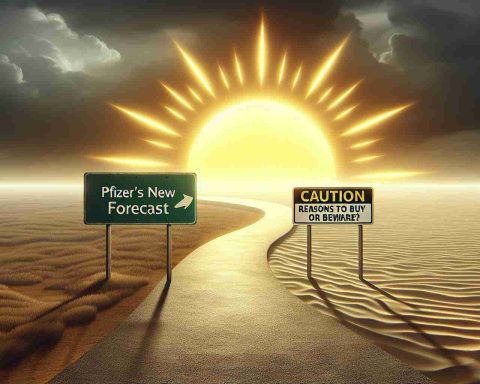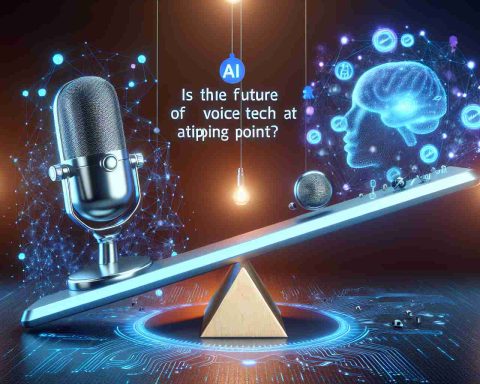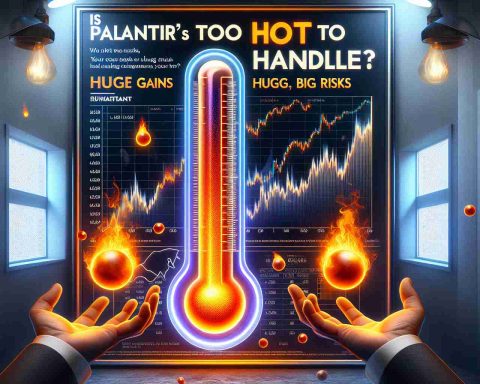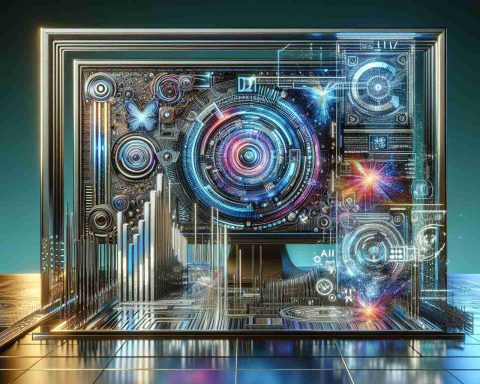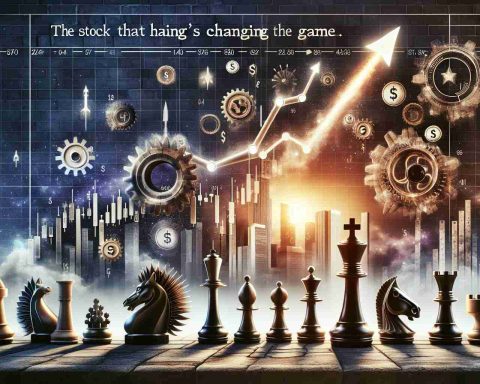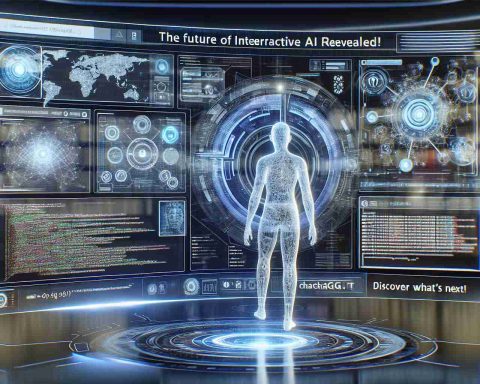A recent landmark decision saw artists Kelly McKernan, Karla Ortiz, and Sarah Andersen facing off against tech giants utilizing AI image generation tools. This legal dispute centered around alleged copyright infringement by platforms such as Stability AI, Midjourney, and DeviantArt. The artists claimed that these AI generators were unlawfully appropriating their digital artwork to create derivative pieces.
In a surprising turn of events, the court ruled in favor of the artists, allowing their copyright claims to move forward. This ruling marks a significant victory in the ongoing debate surrounding the intersection of artificial intelligence and intellectual property rights.
This decision opens the door to a deeper investigation into the practices of companies using AI algorithms to generate visual content. It sheds light on the complexities of determining the boundaries of fair use and copyright protection in the age of AI.
While the outcome of this lawsuit remains uncertain, it highlights the growing tension between innovation and artistic expression in the digital landscape. As technological advancements continue to challenge traditional legal frameworks, the battle for creative control rages on.
Evolving Legal Battles and Future Implications in the World of Artificial Intelligence
The recent case involving artists Kelly McKernan, Karla Ortiz, and Sarah Andersen has brought to the forefront the complex legal issues surrounding the use of AI in generating visual content. While the court ruling favored the artists, several key questions have emerged, shedding light on the challenges and controversies in this evolving landscape.
What are the key questions arising from this legal battle?
One crucial question is how to define the scope of copyright protection in the context of AI-generated artwork. Are AI algorithms considered tools for creative expression or mere instruments for replication? Additionally, how can the law adapt to the rapid advancements in AI technology to ensure fair protection for artists and creators?
What are the key challenges and controversies associated with AI in the creative domain?
One of the main challenges is determining the line between inspiration and infringement when AI is involved in the creative process. The issue of accountability also arises – who should be held responsible for copyright violations committed by AI systems, the developers, the users, or the AI itself? Moreover, the potential for AI to blur the boundaries of originality and authorship raises fundamental questions about artistic autonomy and ownership.
What are the advantages and disadvantages of using AI in the generation of visual content?
On one hand, AI offers unprecedented efficiency and scalability in creating diverse visual outputs, revolutionizing the creative industry. It can also assist artists in exploring new styles and techniques, expanding their artistic horizons. However, the downside lies in the risk of devaluing human creativity, as AI-generated art may lack the unique emotional depth and personal touch of human creations. Furthermore, the ethical implications of AI replicating copyrighted material without explicit consent pose significant challenges to existing legal frameworks.
This legal battle serves as a stepping stone for a broader discussion on the future implications of AI in the realm of creative expression. As technology continues to evolve, it is imperative for legal systems to adapt proactively to safeguard the rights and interests of artists, while fostering innovation in the digital age.
For further insights on AI and intellectual property rights, visit World Intellectual Property Organization.

